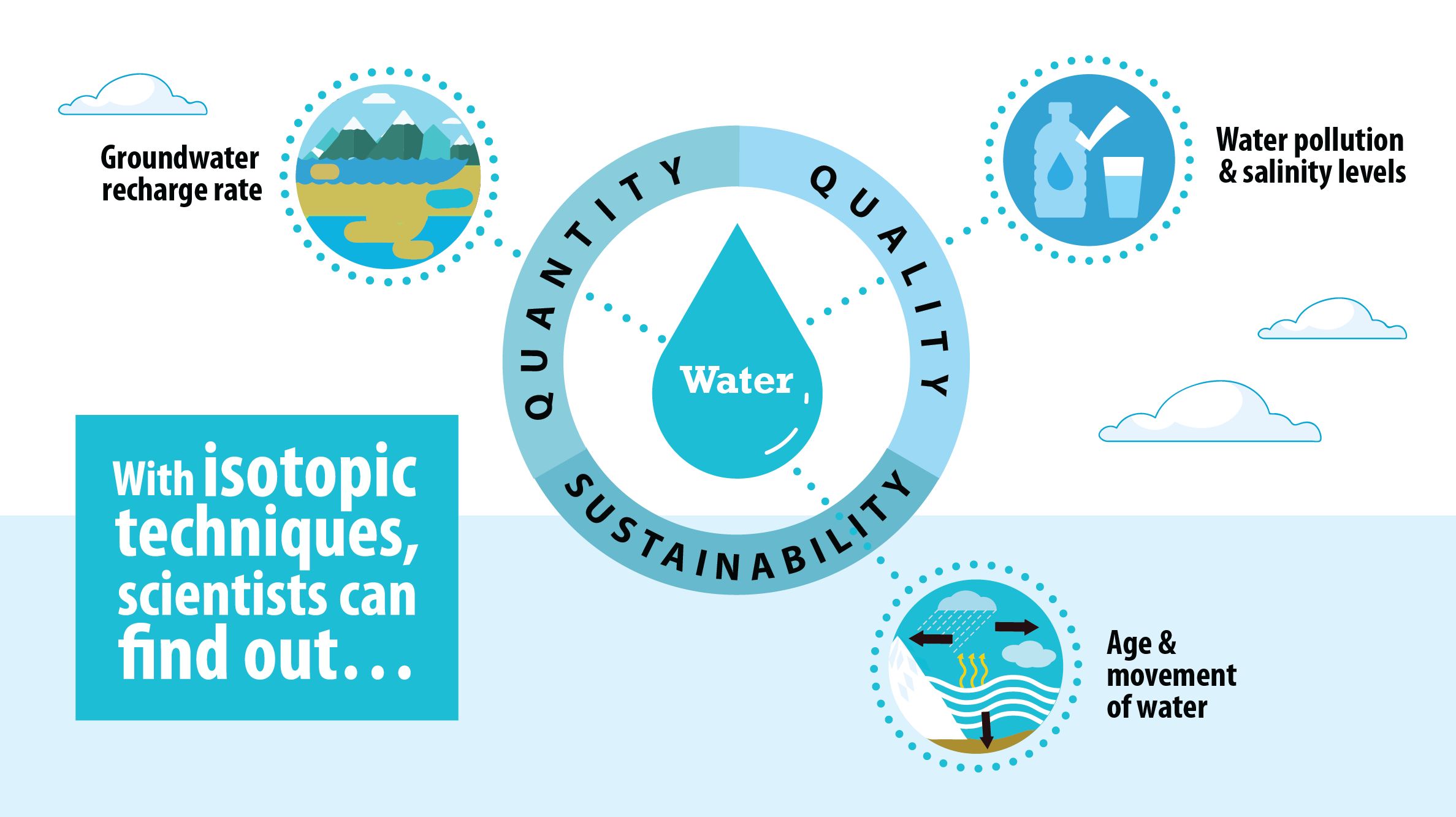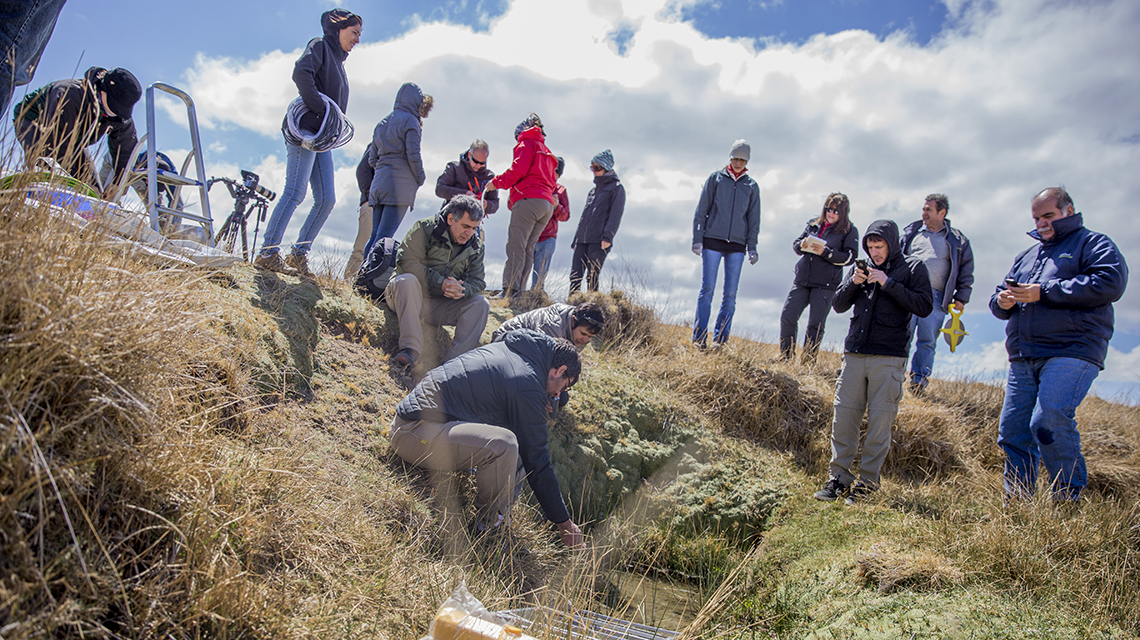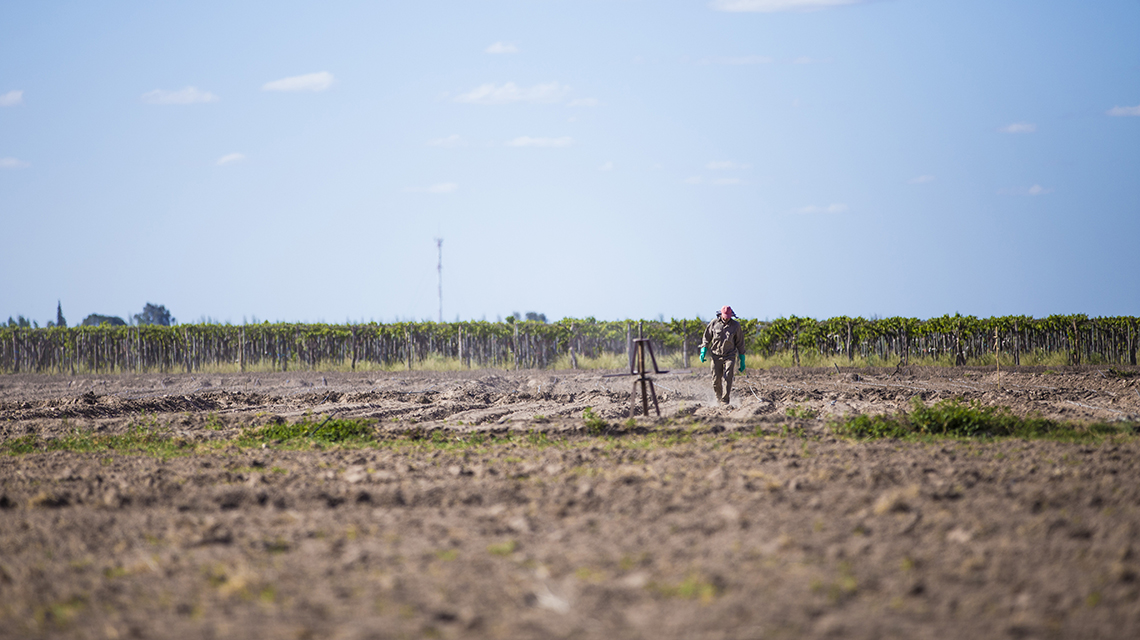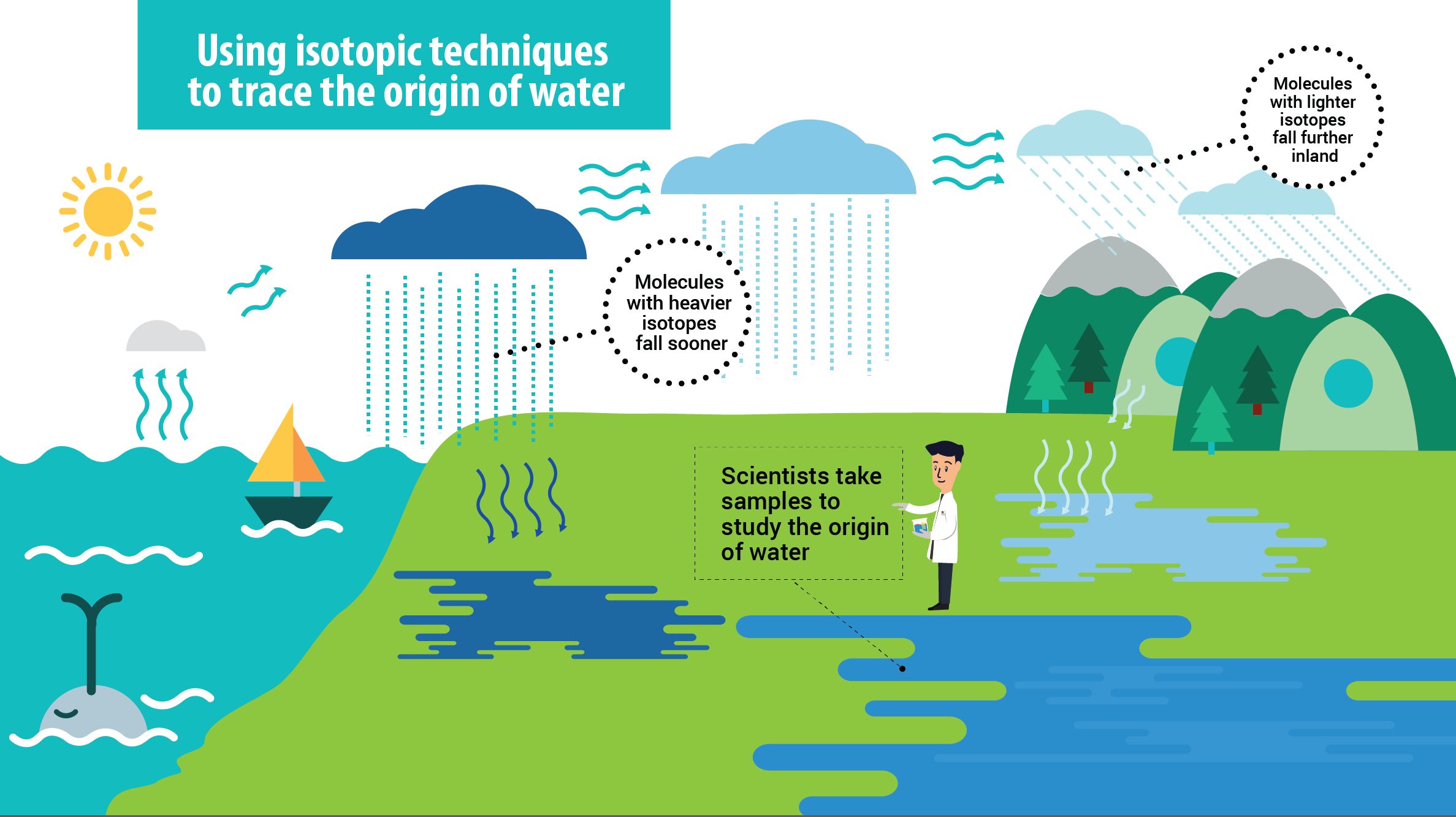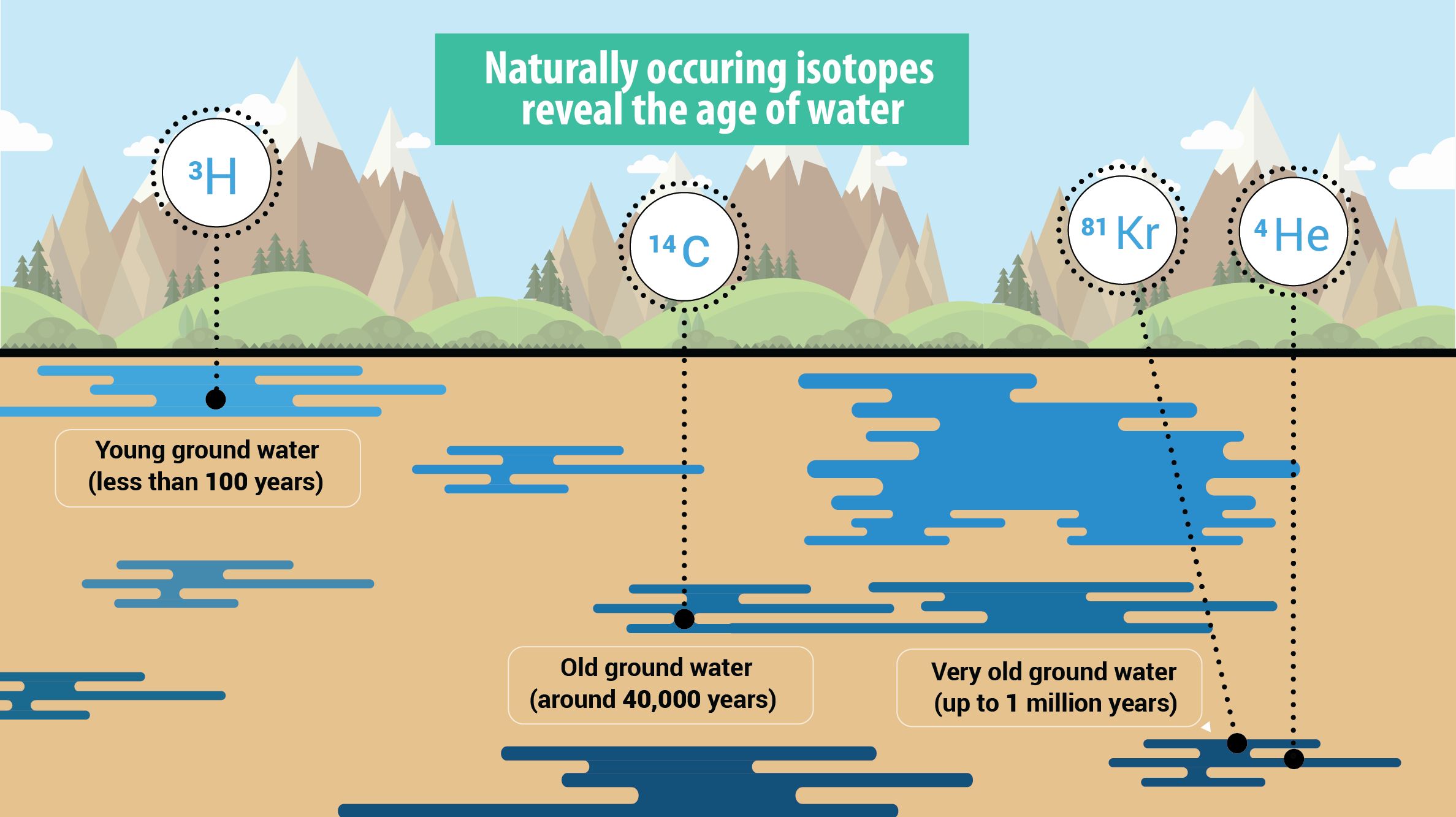The second region under study is a streambed in Los Gigantes, Córdoba, an old mining complex about 700 km west of Buenos Aires. Here, Argentinian authorities are implementing an environmental remediation project, working side by side with isotope hydrologists to find out more about the quality of the groundwater and its potential vulnerability to contamination.
After the two uranium mines closed, scientists and authorities were vigilant about groundwater in the area. Through the IAEA project, scientists are now monitoring whether water recharging the San Roque lake reservoir, a source for human consumption in the city of Córdoba, is clean and safe.
And while they have found that uranium levels in the groundwater are safe, they are working to find the exact origin and movement of groundwater, including recharge areas, age, volume, behaviour and vulnerability to future contamination.
“This interdisciplinary and interinstitutional study will help authorities improve the conceptual model and hydrological understanding of the area and strengthen the remediation of the site,” said Daniel Martínez, geologist and researcher at the National Council forScientific and Technological Research (CONICET).
The regional technical cooperation projects have been essential in transferring knowledge and technology to national and local institutions, said Raúl Ramírez García, Section Head at the IAEA’s Department of Technical Cooperation.
“The new information provided by isotopic techniques will help monitor the water resources and support the kind of decision making that will lead to social and economic benefits for the population of these regions,” Ramírez García said.
